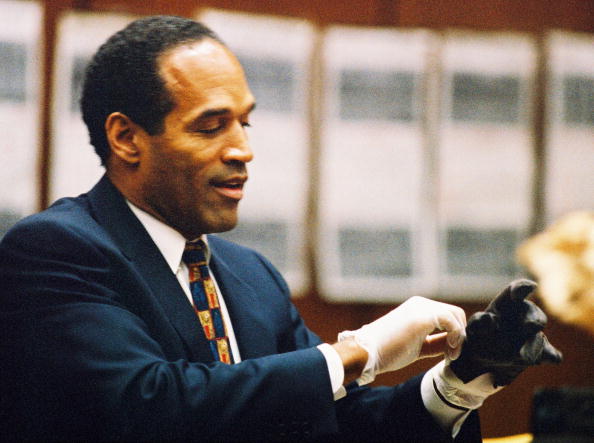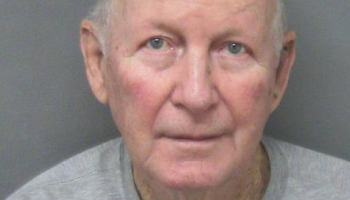HOUSTON — New figures for the blown-out well at the bottom of the Gulf of Mexico show the amount of oil spewing may have been up to twice as much as previously thought, according to scientists consulting with the federal government.
That could mean 42 million gallons (nearly 160 million liters) to more than 100 million gallons (378 million liters) of oil have already fouled the Gulf’s fragile waters, affecting people who live, work and play along the coast from Louisiana to Florida — and perhaps beyond.
It is the third — and perhaps not the last — time the U.S. government has had to increase its estimate of how much oil is gushing. Trying to clarify what has been a contentious and confusing issue, officials gave a wide variety of estimates on Thursday.
Text continues after gallery …
All the new spill estimates are worse than earlier ones — and far more costly for BP, which has seen its stock sink since the April 20 explosion that killed 11 workers and triggered the spill. Most of the new estimates had more oil flowing in an hour than what officials once said was spilling in an entire day.
And those new numbers may mean far worse consequences for the environment, Paul Montagna, a marine biologist at Texas A&M University Corpus Christi, said Friday.
“Doubling the amount of oil does not have a linear effect, it doesn’t double the consequences, it may instead have quadruple the consequences,” Montagna, who studies the Gulf of Mexico deep sea reefs and other underwater ecosystems, said.
The spill was flowing at a daily rate that could possibly have been as high as 2.1 million gallons (8 million liters), twice the highest number the federal government had been saying, said U.S. Geological Survey Director Marcia McNutt, who is coordinating estimates. But she said possibly more credible numbers are a bit lower.
These estimates don’t take into account the cutting of the riser pipe on June 3 — which BP said would increase the flow by about 20 percent — and subsequent placement of a cap. No estimates were given for the amount of oil gushing from the well after the cut. Nor are there estimates since a cap was put on the pipe, which already has collected more than 3 million gallons (11 million liters).
The estimates are not nearly complete and different teams have come up with different numbers. A new team from the Woods Hole Oceanographic Institute came in with even higher estimates.
The Obama administration’s point man for the Gulf Coast oil spill acknowledged on Friday that reliable numbers on the severity of the crisis are hard to get.
“I think we’re still dealing with the flow estimate. We’re still trying to refine those numbers,” said Coast Guard Adm. Thad Allen said.
But even using other numbers that federal officials and scientists call a more reasonable range would have about 63 million gallons (238 million liters) spilling since the rig explosion. If that amount was put in gallon milk jugs, they would line up for nearly 5,500 miles (8,850 kilometers). That’s the distance from the spill to London, where BP is headquartered, and then continuing on to Rome.
By comparison, the worst peacetime oil spill, 1979’s Ixtoc 1 in Mexico, was about 140 million gallons (nearly 530 million liters) over 10 months. The Gulf spill hasn’t yet reached two months. The Exxon Valdez, the previous worst U.S. oil spill, was just about 11 million gallons (42 million liters), and the new figures mean Deepwater Horizon is producing an Exxon Valdez size spill every five to 13 days.
A day earlier, President Barack Obama consoled relatives of the 11 workers killed in the oil rig explosion, acknowledging their “unimaginable grief” and personally assuring the families he will stand with them.
The White House also released a letter from Allen inviting BP Chairman Carl-Henric Svanberg and “any appropriate officials from BP” to meet Wednesday with senior administration officials. Allen said Obama, who has yet to speak with any BP official since the explosion more than seven weeks ago, would participate in a portion of the meeting.
Asked if a relationship of “trust” had been established between the White House and the British oil company, Allen said Friday that “We have to have a cooperative, productive relationship for this thing to work, moving forward. …This has to be a unified effort moving forward if we are to get this thing solved. If you call that trust, yes.”
RELATED STORIES
















